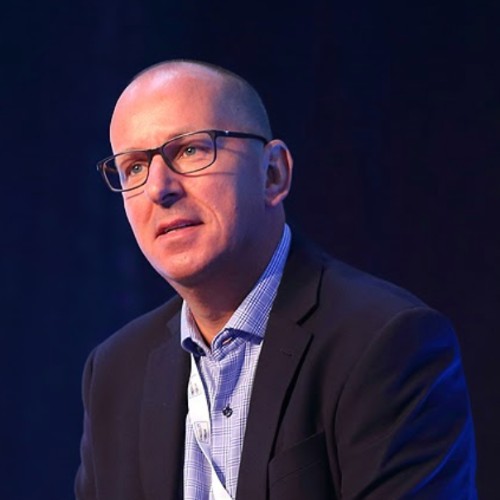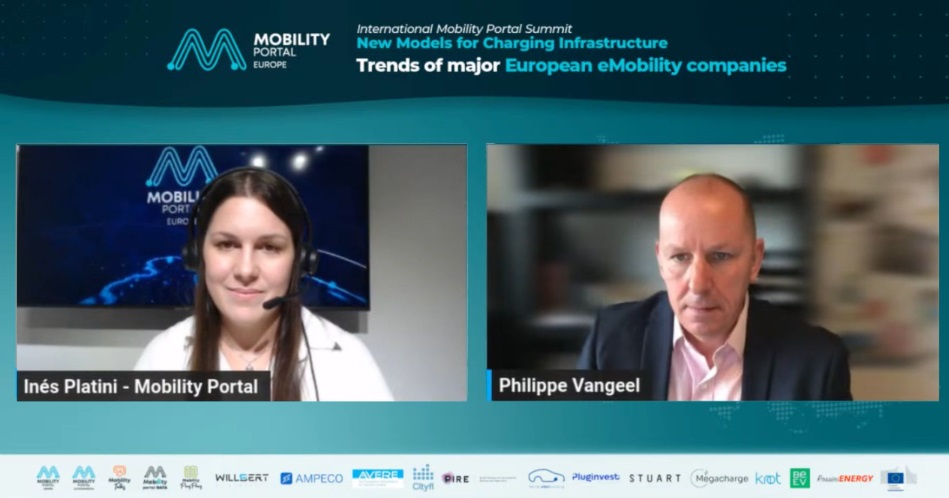On the third day of the International Mobility Portal Summit, Philippe Vangeel, Secretary-General of the European Association for Electromobility (AVERE), offers his insights into the “pain points” faced by the sector.

While currently the continent boasts around 176,405 public electric chargers, according to official records, there are still challenges in deploying them.
“The pain point relates to the process of installing charging infrastructure on the street, as it is slow due to permit issues and inadequate connections,” explains Vangeel.
He continues, “The solution is to make these cryptic connections possible, simplify the permit process, and align it.”
The daily tasks undertaken by AVERE are aimed at ensuring that users of zero and low-emission cars have the simplest experience possible, integrating charging infrastructure where necessary.
In this regard, the Secretary-General of AVERE states, “We must not underestimate private charging at home or at work.”
“This is one of the first principles that should be enabled and make people really adopt electric vehicles” he adds.
Subsequently, Vangeel mentions the Netherlands as a success story.
Indeed, this country is at the forefront of charging station installation in Europe, boasting the highest concentration of these.
“The Netherlands is a good example of forward planning. They reported that we would have around 1.8 million charging points by 2030,” explains Philippe Vangeel.
However, this country not only focuses on public charging but is a “mix” that also includes alternate, direct, private, and semi-public charging.
“All opportunities have been considered. And with this plan, they are confident that by 2030, 100 percent of this infrastructure will be possible,” comments the Secretary-General of AVERE.
It is worth noting that in July 2021, the European Commission announced a series of market regulations called “Fit for 55,” aimed at reducing greenhouse gas emissions by 55 percent by 2030, and subsequently achieving carbon neutrality by 2050.
One of the main regulations is the Alternative Fuels Infrastructure Regulation (AFIR), which aims to ensure the availability and ease of use of a dense and widespread network of alternative fuels infrastructure throughout the European Union.
In this regard, Vangeel announces, “The Netherlands has met the requirements of the AFIR many years ago.”
And he continues, “After that, they have to follow through on certain new aspects, such as carbon options, but the requested number of charging points is already complete.”
Discussions on the future of electric heavy-duty transport
Another topic that Vangeel mentions during the event revolves around the new trends in the electric heavy-duty transport market.
These focus on discussions regarding the feasibility, infrastructure, and technology necessary for the development of electric buses and trucks.
“Two standards could coexist; I think that would be the reality. CCS and Megawatt Charging System (MCS) will be the standards for Europe,” he acknowledges.
Next is the participation of Philippe Vangeel, Secretary General of AVERE, during Day 3 of the International Mobility Portal Summit, titled ‘Trends of the leading European eMobility companies:







